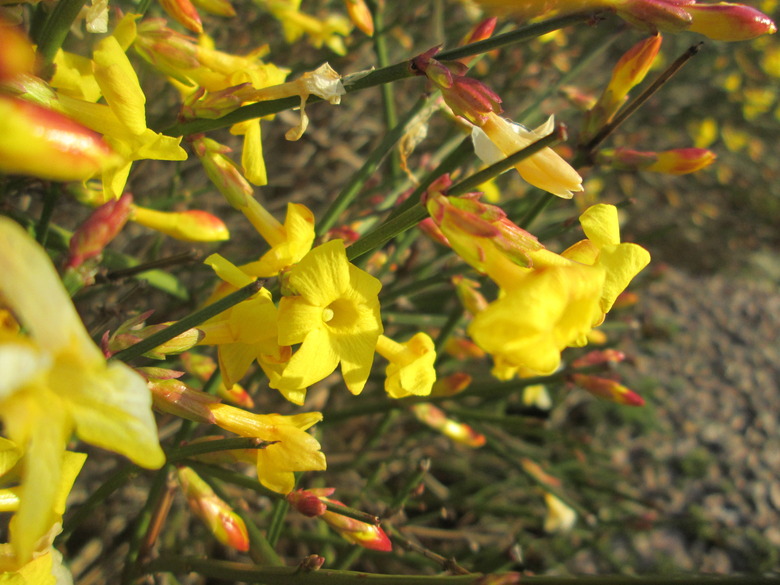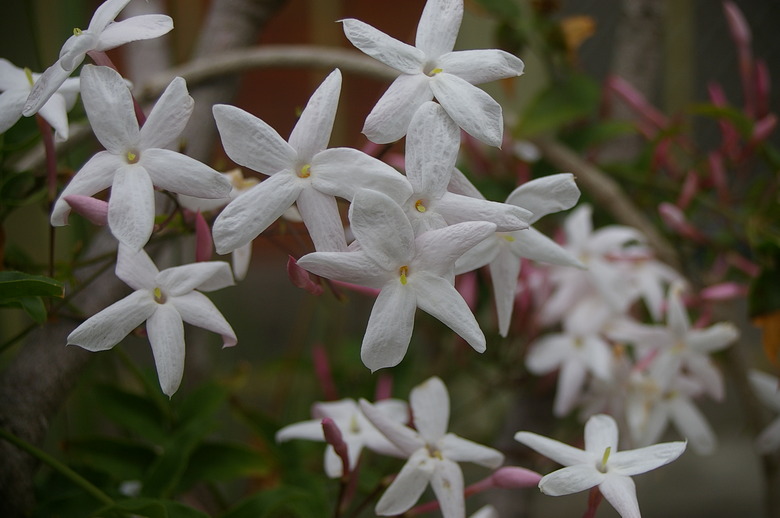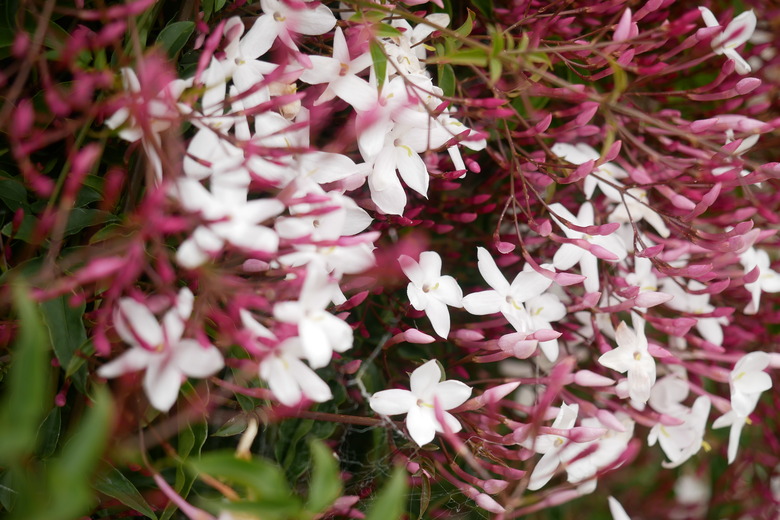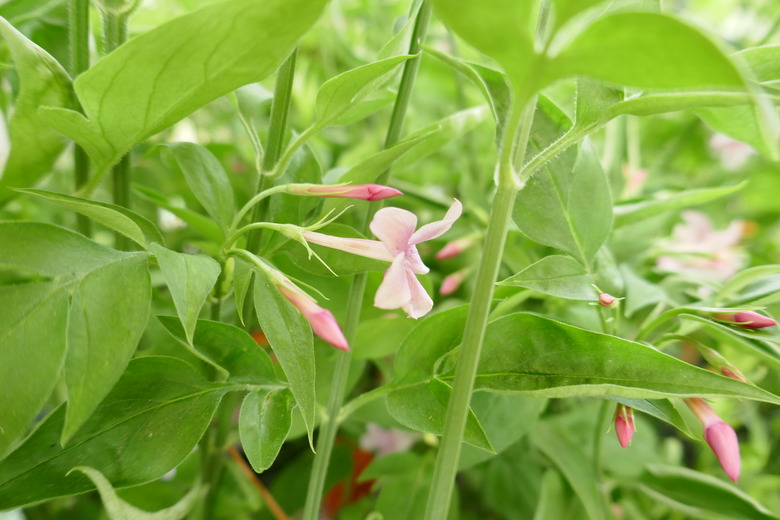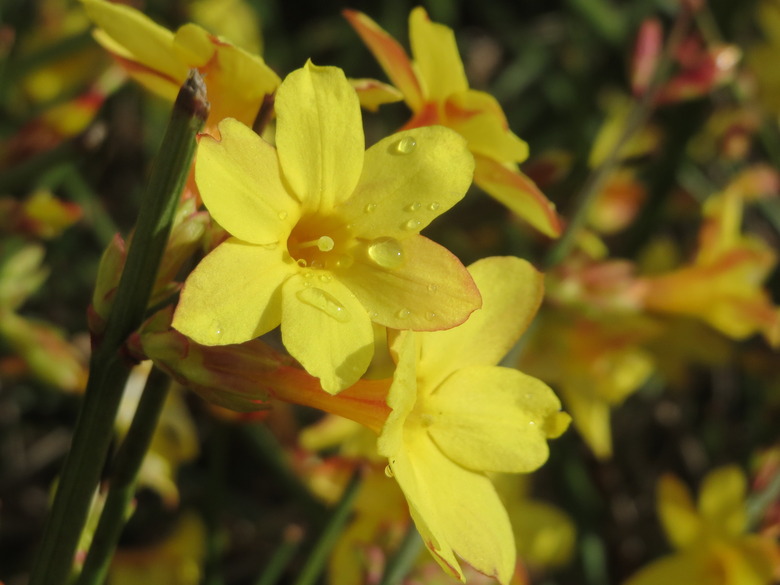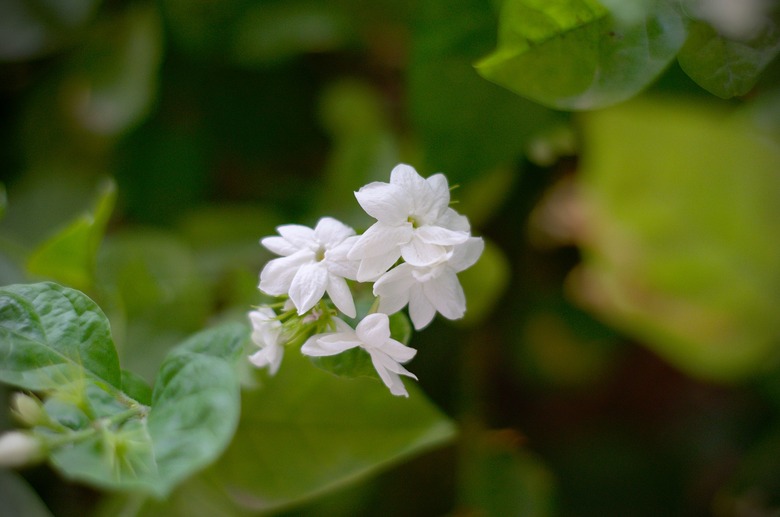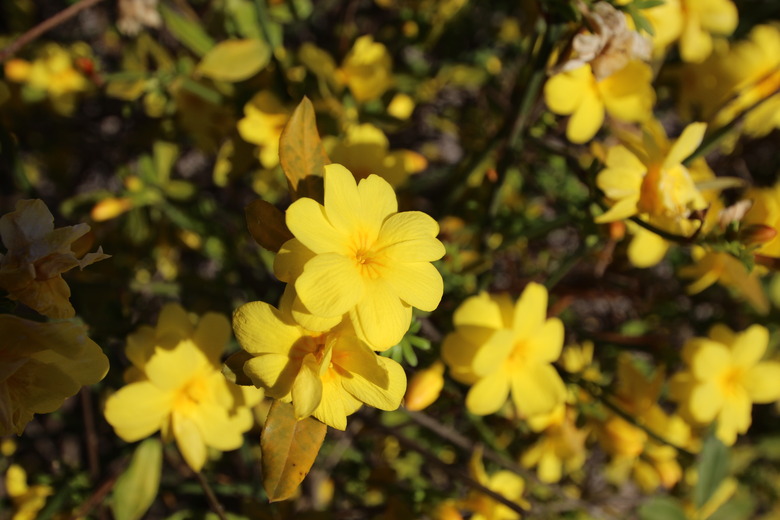A Guide To Different Types Of Jasmine Plants
There are approximately 200 species of true jasmine (Jasminum spp.), most of which are flowering plants native to tropical areas. Jasmine plants may grow in shrub or vine form depending on the species.
Jasmine plants are hardy in U.S. Department of Agriculture plant hardiness zones 6 to 11, though the specific range varies greatly by species. In climates where they are not winter hardy, jasmines are often grown in containers and overwintered indoors, or they are cultivated as houseplants.
Characteristics of Jasmines
Let's go over some of the primary characteristics of jasmine plants.
Leaves
Jasmine plants may be deciduous, meaning they lose their leaves, or they may be evergreen, meaning they retain their green foliage year round.
Flowers
Jasmines are flowering plants, though the flowers differ in size, form and color. Some jasmine plants produce white blooms, while other jasmine flowers are yellow. In a few cases, the flowers may be pink.
While jasmines are prized for their potent perfume, not all types of jasmine flowers produce a fragrance.
Not all types of jasmine flowers produce a fragrance.
Growth Habit
Many jasmines are twining vines that grow on a support, such as a trellis. Others may grow as vining shrubs. Many species can be trained to grow as shrubs or vines depending on your preference. In either case, these plants usually need to be pruned to control their size and shape.
Vining Jasmine Varieties
Many types of jasmine plants are vigorous climbing vines. Let's look at some common vining varieties of jasmine.
Common Jasmine
The common jasmine (Jasminum officinale, zones 7 to 10), also known as the poet's jasmine, is a vining species of jasmine that can have a length of up to 40 feet.
This jasmine produces flowers that are usually pure white, but they may also be a pale pink color. The common jasmine may be deciduous or semievergreen depending on the climate.
Pink Jasmine
The pink jasmine (Jasminum polyanthum, zones 8 to 10) is an evergreen vine native to western China that gets its name from its flower buds, which are pink. This species can reach a height of up to 20 feet.
Stephan Jasmine
Stephan jasmine (Jasminum x stephanense, zones 7 to 10) is a hybrid climber that occurs naturally in forested areas of southwestern China. The flowers of his hybrid are pink and tubular.
Types of Jasmine Shrubs
Other types of jasmine plants can be cultivated as shrubby vines. Let's go over some commonly grown species in this category.
Winter Jasmine
The winter jasmine (Jasminum nudiflorum, zones 6 to 9) is a shrubby vine native to China. It is a deciduous plant that, as its name suggests, flowers in late winter. This is a yellow jasmine, and the flowers are not fragrant.
Arabian Jasmine
Native to tropical regions of Asia, Arabian jasmine (Jasminum sambac, zones 9 to 11) is a broadleaf evergreen shrub that produces clusters of fragrant, 1-inch-wide white flowers.
Arabian jasmine is the national flower of the Philippines.
Primrose Jasmine
Primrose jasmine (Jasminum mesnyi, zones 8 to 10) is native to southwestern China and has 2-inch-wide bright yellow flowers that do not emit a scent.
References
- North Carolina State Extension: Jasminum
- Clemson Cooperative Extension: Jasmine
- Missouri Botanical Garden: Jasminum officinale
- Oregon State University: Jasminum polyanthum
- North Carolina State Extension: Jasminum nudiflorum
- Missouri Botanical Garden: Jasminum sambac
- Oregon State University: Jasminum mesnyi
- Missouri Botanical Garden: Jasminum × stephanense
